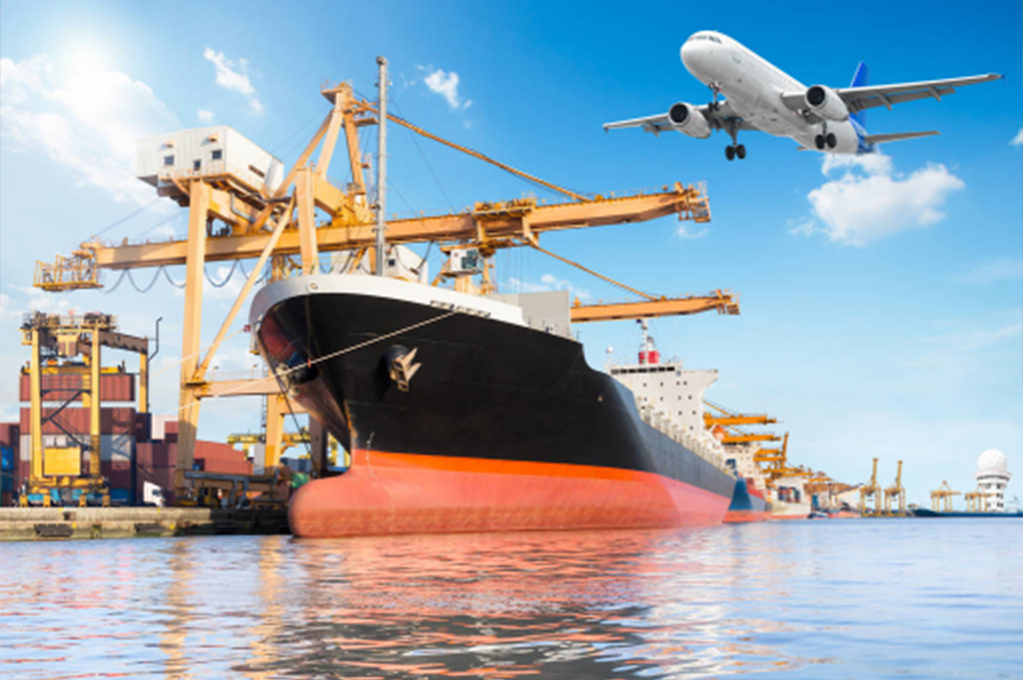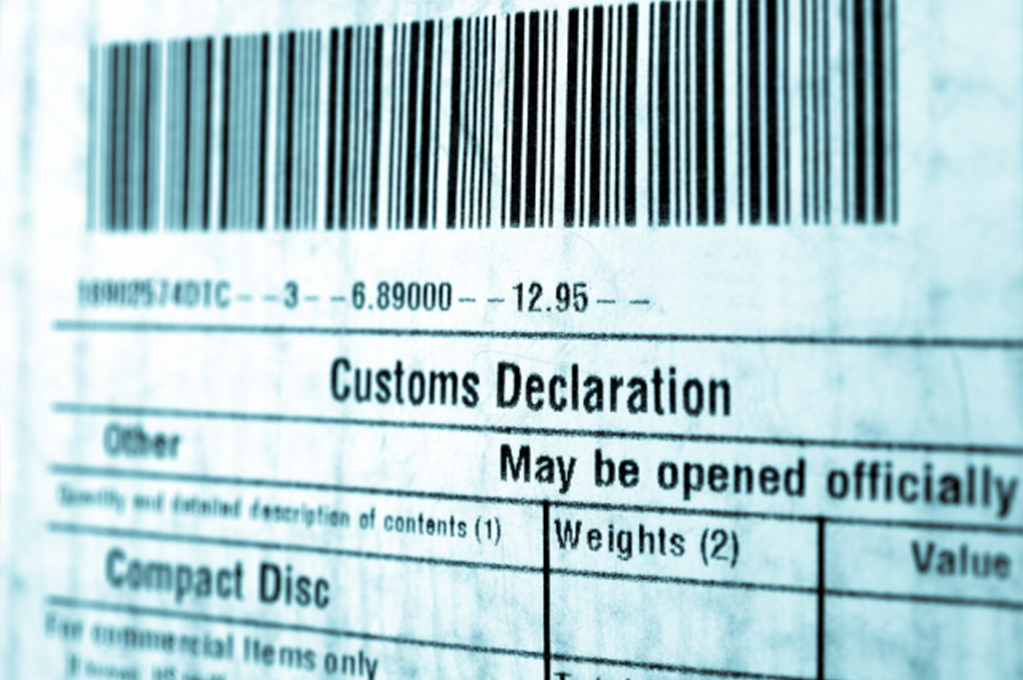A Comprehensive Guide When Importing Clothing from China
Importing clothing from China can be a strategic move for companies looking to expand their product supply while maintaining cost competitiveness, importing clothing from China is a good choice. However, several key steps need to be taken into account during this process to ensure smooth transactions and successful delivery of goods. This article mainly takes you to further understand the main steps of imported clothing. transportation
Define Your Requirements and Conduct Market Research
Begin by clearly defining the types of clothing you intend to import, considering factors such as style, material, size ranges, and any special features or branding requirements. Conduct thorough market research to understand the current trends and demands within your target market. This will help you identify the specific products that will resonate with your audience and inform your sourcing decisions.
Market Research: Identify potential suppliers through trade shows, online platforms (such as Alibaba, Made-in-China.com, etc.), or trade delegations.
Sample Ordering: Contact suppliers to obtain samples and evaluate whether the product quality and design style meet your requirements.
Qualification Review: Investigate the supplier’s production capacity, quality management system, and feedback from previous clients.

Negotiating Terms: Discuss details with the supplier regarding product specifications, pricing, delivery schedules, payment conditions, and other relevant details.
Agreement Execution: Ensure the contract is clear, covers all necessary clauses, and is agreed upon by both parties.
Production Orders: Place production orders based on the contract details.
Quality Control: Engage a third-party inspection agency or send personnel to the factory to monitor quality, ensuring that production meets expected standards.
Arrange Shipping and Logistics
Determine the best shipping method based on your budget and time constraints. Sea freight is generally the most cost-effective for large shipments, while 航空貨物 is faster but more expensive. Engage a reliable freight forwarding service to manage the logistics of transporting your goods, including customs clearance and delivery to your warehouse or distribution center.
- Logistics Arrangement: Coordinate with logistics companies to arrange the transport of goods from China to the destination country.
- Insurance Arrangement: Purchase appropriate transportation insurance for the goods to cover potential losses during transit.

Customs Declaration
Customs Declaration: Once all required documents are prepared, declare the goods to the customs authority of the destination country and submit the customs declaration form and related documents.
Secure Payments:Choose a secure method of payment that protects your financial interests. Common methods include telegraphic transfers (T/T), letters of credit (L/C), and third-party payment platforms like PayPal or Escrow. Ensure that payments are made according to the agreed terms and only release funds upon verification that the goods have been shipped as agreed.
Payment of Duties: Pay the import duties and other applicable taxes based on the declared value of the goods and the corresponding tariff rates.
Inspection Coordination: Customs authorities will inspect the declared goods to verify if the information matches the declaration.
Problem Resolution: If issues arise, communicate promptly with customs or the agent to resolve them.

Cargo Release: After passing customs inspection, the cargo will be released.
Final Inspection: Upon receipt, inspect the goods again to ensure they are undamaged and the quantities are correct.
Additional Notes
Ensure Compliance with Regulations and Standards
Familiarize yourself with the import regulations and standards applicable in your country. This includes obtaining any necessary licenses or permits, ensuring that the clothing complies with safety and quality standards, and preparing the correct documentation for customs clearance. Non-compliance can lead to costly delays or even the seizure of your goods.
Conduct Pre-Shipment Inspections
Before the shipment leaves China, arrange for a pre-shipment inspection to verify the quality and compliance of the products with your specifications. Many suppliers offer inspection services, or you can hire a third-party inspection company to perform the check. Document any issues found during the inspection and work with your supplier to resolve them before the goods are dispatched.
Receive and Inspect Your Goods
Upon arrival, inspect the clothing to confirm that it meets your expectations and is in good condition. Check for any discrepancies between the ordered products and what was delivered. If there are issues, document them and contact your supplier to discuss resolution options, which may include returns, replacements, or compensation.
Build Lasting Relationships
Maintaining a positive relationship with your supplier is essential for ongoing business. Keep the lines of communication open, provide constructive feedback, and discuss opportunities for improvement and mutual growth. Strong relationships can lead to better pricing, improved product customization, and more reliable service over time.
By following these steps, you can effectively navigate the process of importing clothing from China, ensuring that your business benefits from the advantages offered by this dynamic market.
I hope this article can help you further understand the basic steps for importing clothing from China. If you want to learn more about importing clothing and transportation from China, you can visit our homepage or お問い合わせ directly!

